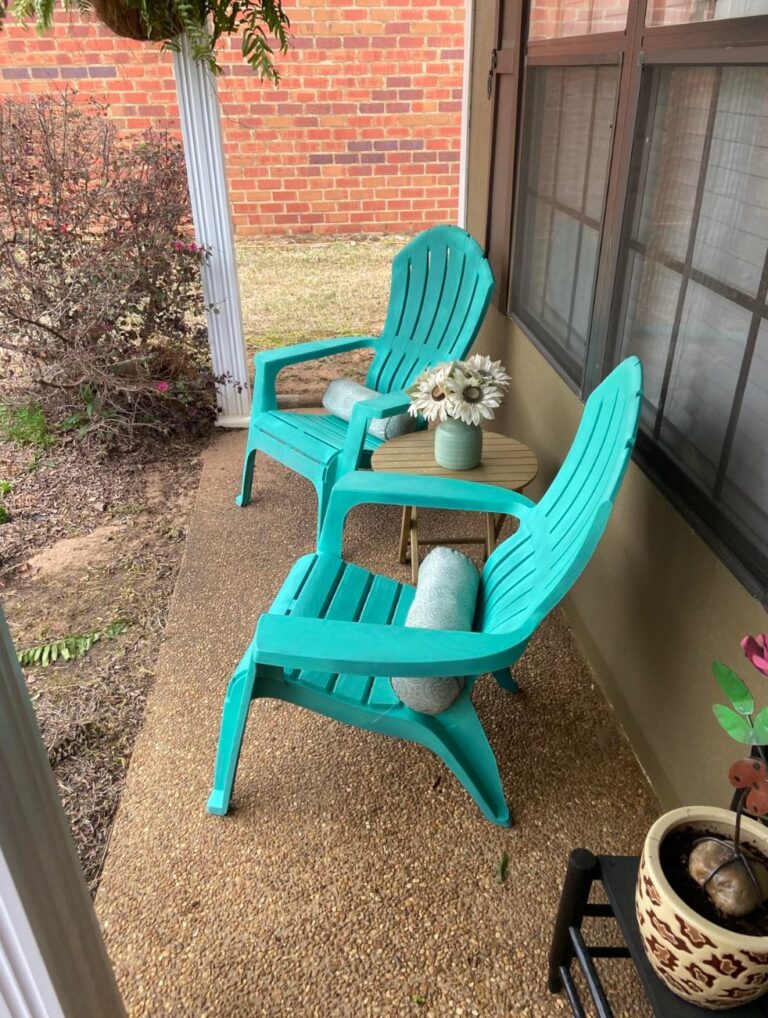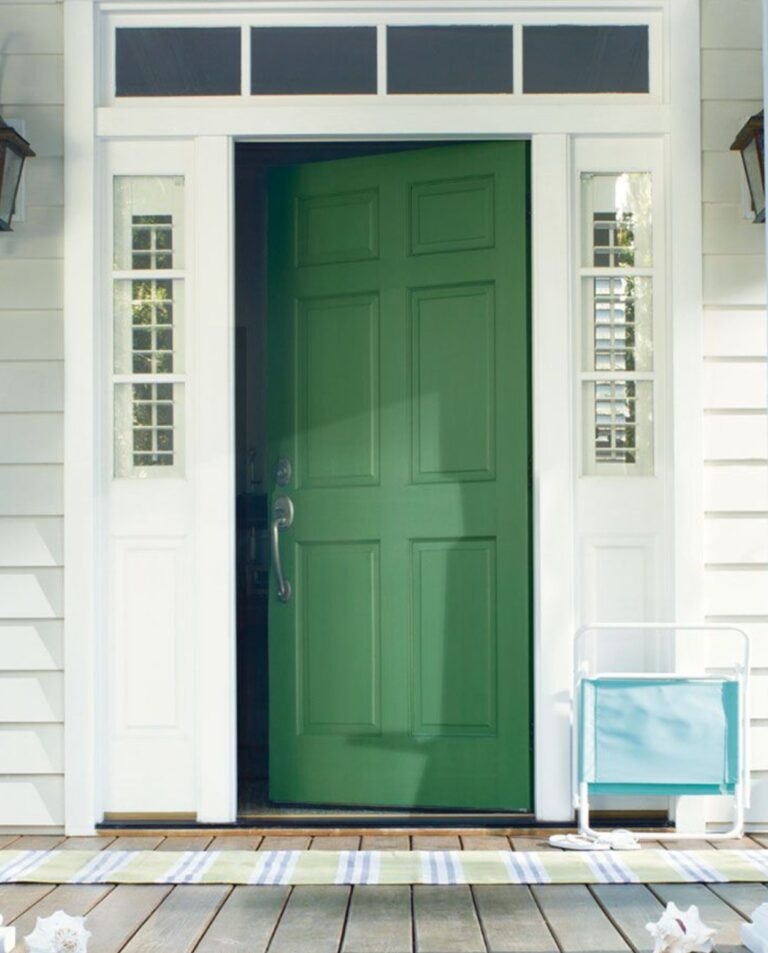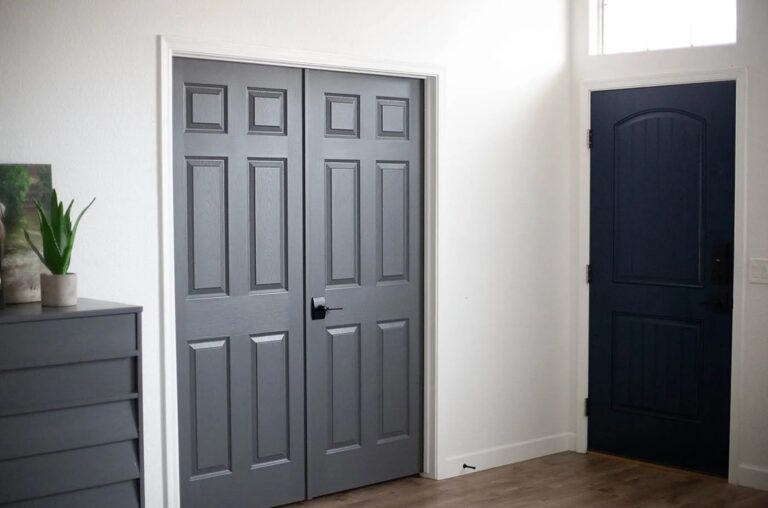Black mold and shower steam stains – I’ve seen these nightmares pop up in countless homes, and chances are you’ve dealt with them too. Choosing the right paint can help you avoid these headaches and keep your bathroom looking great for years.
In this article, I’ll walk you through the best paint options for bathroom ceilings and recommend some brands that really stand up to high humidity. I’ll also show you what features to look for to get it right the first time.
Why Bathroom Ceilings Need Special Attention
After experimenting with regular paint in my bathroom (and ending up pretty disappointed), I’ve learned my lesson about trying to save money by using standard interior paint. Here’s why.
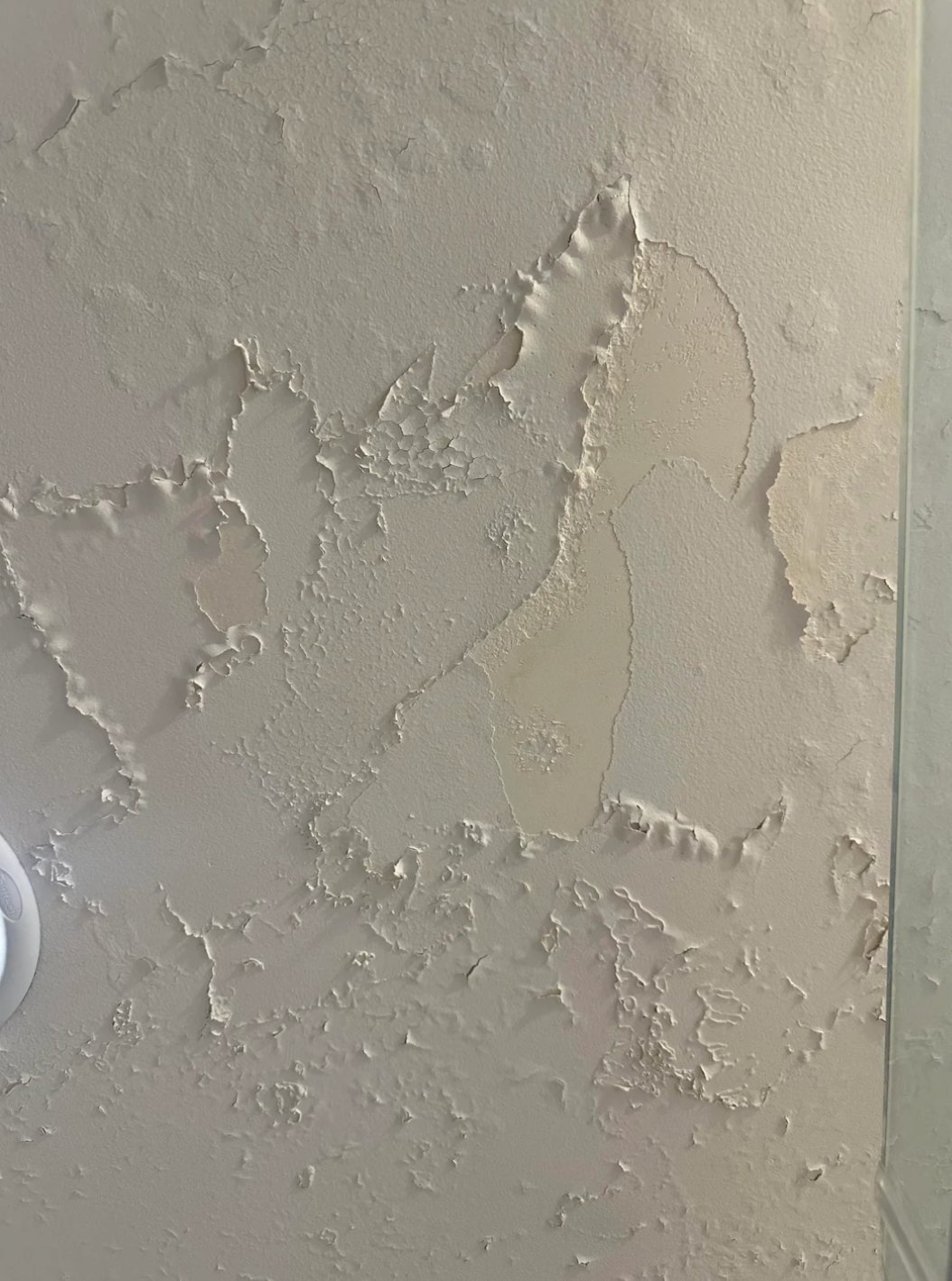
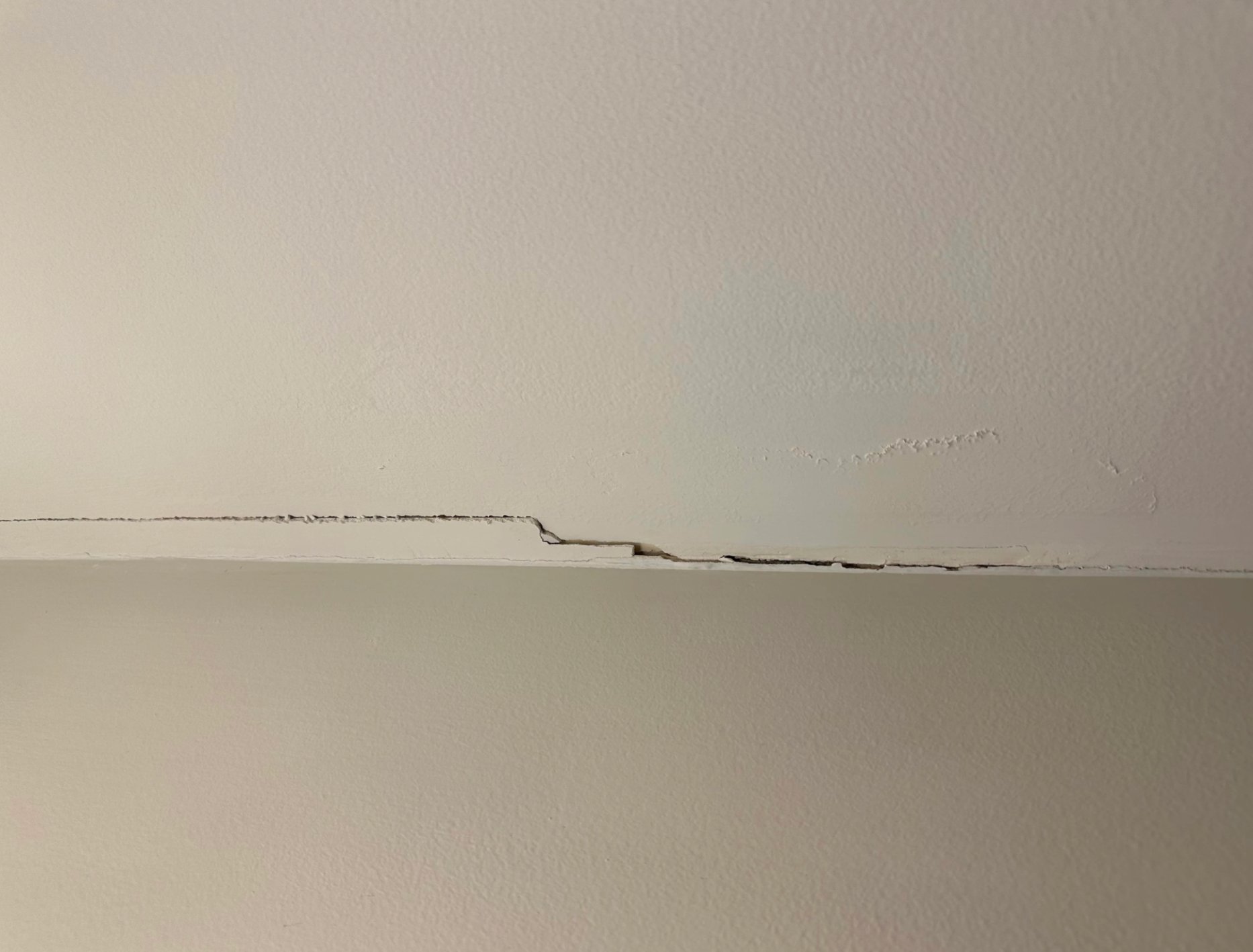
Your bathroom ceiling really takes a beating! During hot showers, water droplets stream down like rain, and within a couple of months, paint starts peeling around the corners. No surprise there – the humidity and temperature in bathrooms swing like crazy.
When steam rises and condenses on the ceiling, unprotected paint starts breaking down, leading to peeling and cracking. Throw in regular cleaning and all those vapors from shower products – and regular paint just don’t stand a chance.
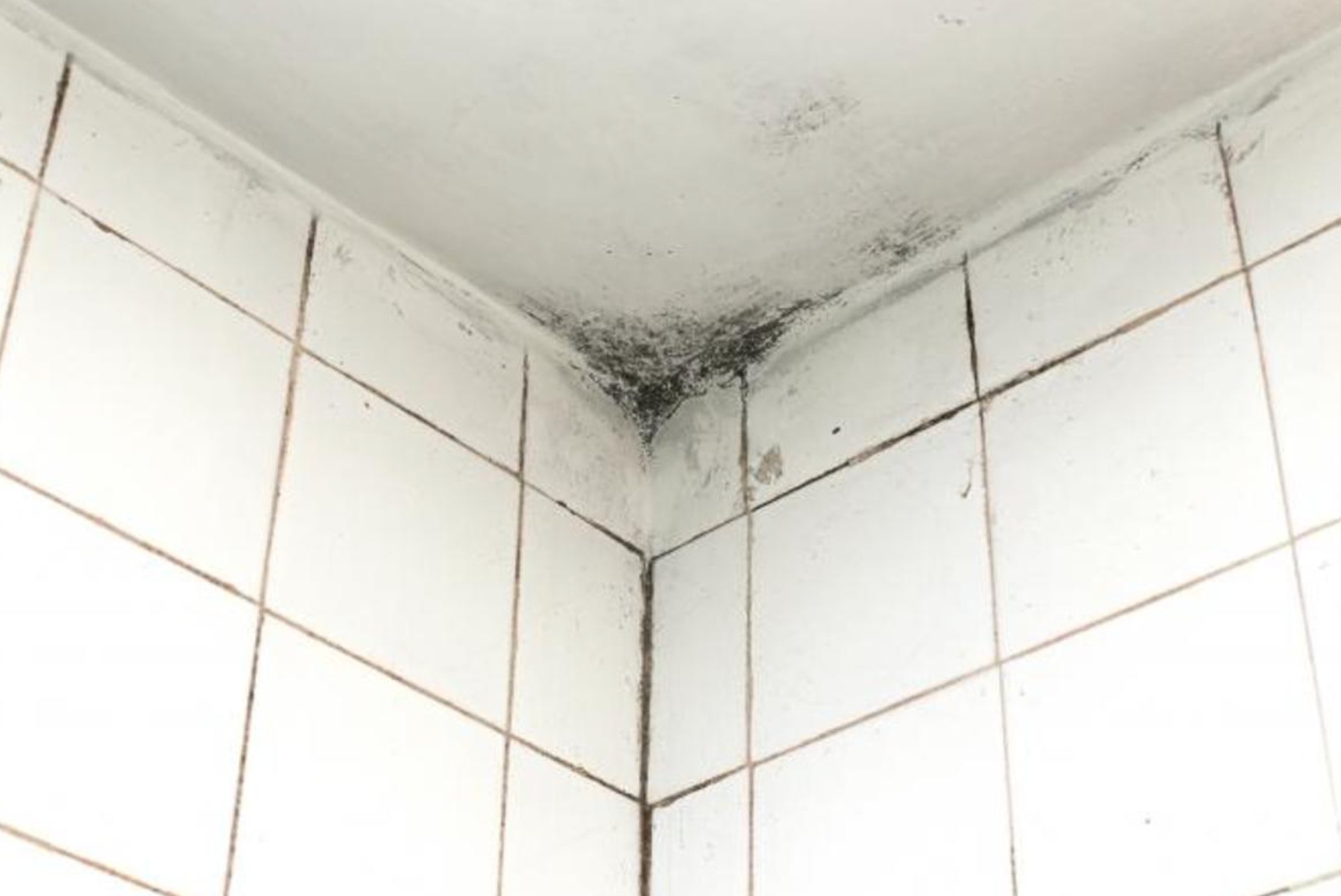
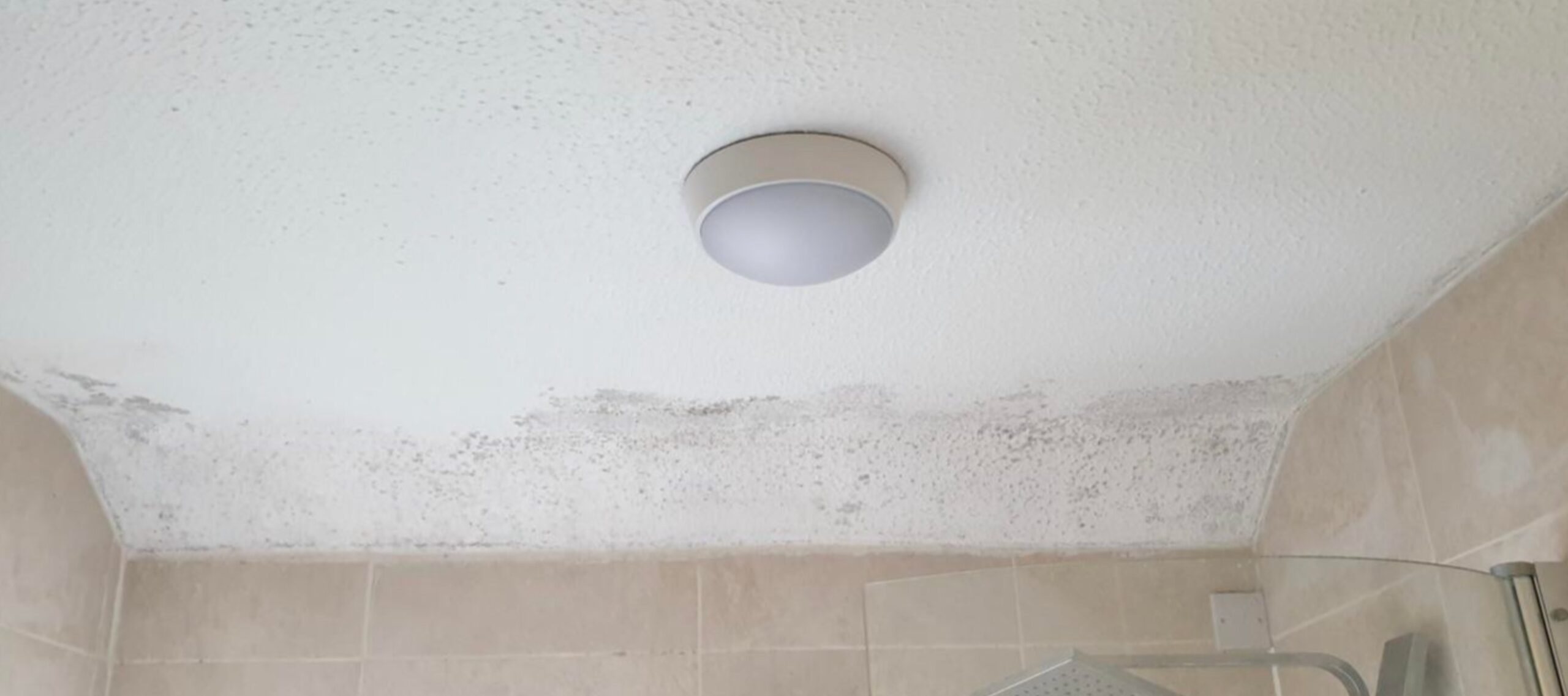
But the real nightmare? Mold and mildew. These guys thrive in moisture and will quickly invade any unprotected areas. I learned this the hard way in my first house – black spots showed up in the ceiling corners barely six months after painting with regular paint. Beyond looking awful, it can mess with your air quality and increase your risk of allergies and health issues.
If you’ve got poor ventilation, things get even worse. Moisture gets trapped, condensation builds up, and even quality paint might give up under the constant stress. So using the right bathroom ceiling paint isn’t just being picky (though I’ll admit I am), it’s essential unless you want to repaint within a year.
Best Bathroom Ceiling Paints and Why
So, which ceiling paints can actually handle high humidity, keep mold at bay, and look good for years? Here are some options I’ve personally used and can vouch for:
- Benjamin Moore Aura Bath & Spa has become my go-to for bathroom ceilings. What makes it unique is its Color Lock technology, which prevents fading. Unlike standard paints, it keeps its color even with constant steam and moisture exposure. Plus, it’s zero VOC, which is super important in a small bathroom.
- Sherwin-Williams Duration Home is another solid choice, especially if you’re big on cleaning. It holds up really well to frequent washing without losing its look.
- Zinsser Perma-White is perfect if mold is your primary concern. They guarantee mold protection for 5 years – the longest guarantee you’ll find out there.
- Kilz Kitchen & Bath works great in super humid bathrooms, thanks to its anti-fungal additives and better grip on damp surfaces.
Bathroom Ceiling Paint vs Regular Paint
By now, I bet you’re convinced that bathroom ceilings need special treatment when it comes to paint. Here’s a breakdown of what sets bathroom paint apart from regular paint:
| Characteristic | Bathroom Paint | Regular Interior Paint |
| Mold Protection | Built-in antifungal protection | Little to no protection |
| Breathability | Great airflow, lets moisture escape | Poor airflow typically |
| Sticking Power | Extra strong, won’t peel off | Standard adhesion |
| Moisture Handling | Stands up to constant moisture | Can bubble up when wet too often |
| Coats Needed | 2 coats | 3-4 coats |
| VOC Levels | Low, safe for tight spaces | Often higher |
Sure, bathroom-specific paint costs more upfront, but it’s worth every penny in the long run – your time, wallet, and health will thank you.
Take it from someone who’s learned the hard way – having to redo your ceiling twice a year and worry about mold testing is definitely not how you want to spend your time.
Paint Types That Really Work
Now, let’s talk about paints that actually get the job done in bathrooms. There’s more to it than meets the eye.
Acrylic latex is my go-to choice – it’s quick-drying and budget-friendly. I love that I can apply the second coat shortly after the first one. Plus, it handles steamy showers like a champ.
Silicone paints are great at moisture control – they let your ceiling breathe, so you don’t get trapped moisture. They’re pricey and rare, but they might be worth the splurge if you’ve got moisture issues.
If you don’t mind doing extra prep work, epoxy paints are worth considering. They’re basically like creating a water shield on your ceiling. Just keep in mind they’re trickier to work with – you might want to call in a pro if you’re not confident.
Zinc-infused paints deserve a special mention – they’re fantastic if mold is your enemy. The zinc naturally keeps mold at bay, and they’re eco-friendly too, which I really appreciate.
What about paints to skip?
- Some folks still swear by oil-based paints because they last forever. But come on – who has time to wait a whole week between coats? Not to mention the smell that requires you to basically move out while painting.
- Polyurethane coatings are tough as nails and last forever, but I wouldn’t tackle them for a DIY project – they’re better left to the pros.
Choosing the Right Finish
Picking your ceiling finish isn’t just about looks. It can make or break how well your paint job holds up and how your bathroom feels. Let’s break down your options:
- Eggshell finish is like your favorite pair of jeans – reliable, practical, and works pretty much anywhere. It’s forgiving on imperfect ceilings and handles moisture well.
- Satin finish hits the sweet spot for small bathrooms. It gives you just enough shine to bounce light around without going overboard. My guest bathroom’s satin finish still looks fresh after three years.
- Gloss and semi-gloss are moisture champions. Semi-gloss shrugs off shower steam and makes cleaning a breeze. Full gloss is even better, especially if you want to make a small bathroom feel bigger.
- Matte finish? I’d only go there if your ceiling is smoother than a baby’s bottom and you have excellent ventilation. It looks modern but shows every tiny flaw and needs more TLC.
Application Tips That Matter
Here are my tried-and-true tips for painting bathroom ceilings:
- Don’t skip the primer on new surfaces or trouble spots – it’s like insurance for your paint job.
- Keep the room between 60-77°F while painting, or you might end up with weird drying patterns.
- Make it a habit to check for mold every few months, especially in those corners. Stick to bathroom-specific cleaners. Do this, and your paint job should last 3-7 years, depending on what type you use.
- Keep that fan running while you paint, and for a few hours after – it makes a huge difference in how your final coat turns out.

